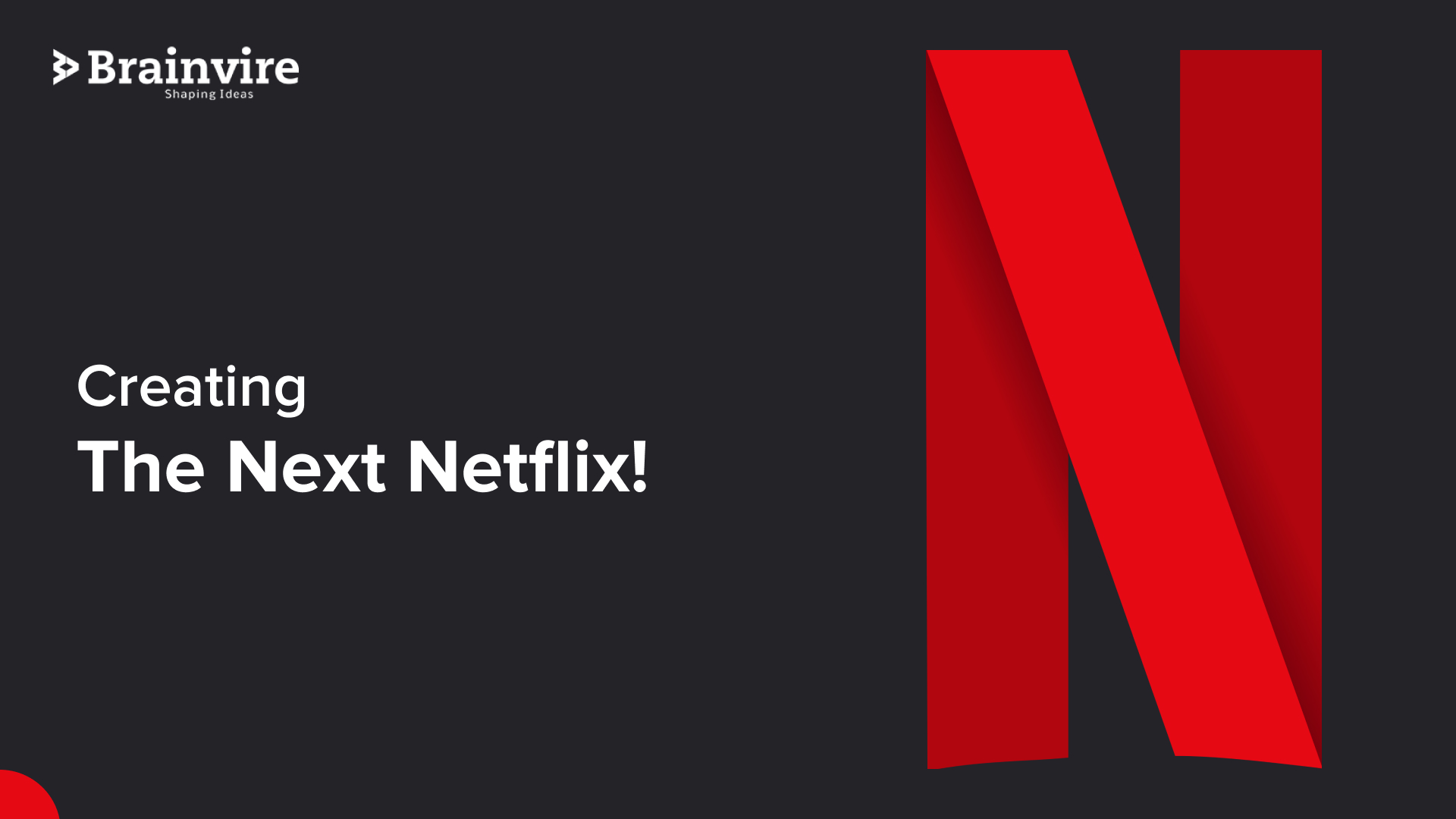With the surge in online transactions during the pandemic, payment solutions have leveled up drastically in the last couple of years. As a result, fintech app trends saw an all-time upswing along with next-generation payment innovations, web-based transactions, embedded finance, and fintech payments apps to build credit. By 2025, cashless payment volumes are predicted to increase by more than 80%. Well after all this fintech payment methods are trending in 2023.

In addition, users are leaning towards flexible cashless services like digital wallets, real-time payments, and efficient mobile banking. In 2020, for instance, digital payments generated a whopping $4.4 million transaction value, and it is only set to increase by leaps and bounds. fintech payment trends are the reason to make people aware more about the services related digital transaction services.
Let’s take a look at some interesting fintech statistics from recent years.
TOP FINTECH STATISTICS FROM 2022
- The fintech space is worth $179 billion as of 2022 and is predicted to reach $213 billion by 2024.
- Since 2017, the global fintech industry revenue has increased by 97%.
- More than 10 of the Top 20 fintech companies are based in the US.
- Visa is the largest company with almost half a trillion USD valuation.
- The number of global fintech funding deals increased nearly 20% from Q1 2021 to Q1 2022.
- Around 90% of Chinese citizens were using fintech banking.
- Currently, there are 26000+ fintech start-ups worldwide.
But wait a minute, what exactly is fintech, and where did it come from?
THE BEGINNINGS AND EVOLUTION OF FINTECH
In its most basic form, fintech apps development is a technology used to improve financial services. The term only gained popularity in the 21st century, but the concept began well over a century ago!
At present, you may associate fintech with cryptocurrency and start-up banks, but it began with ancient techniques like moving money via telegram and morse code. Broadly, the history of fintech is often split into three eras: the 1886-1967 era of Fintech 1.0, where infrastructure to support globalized financial services were built, then the 1967-2008 Fintech 2.0 era, where finances switched from analog to digital with the online revolution, and finally, the current Fintech 3.0 era that began in 2008, where new technologies opened up for easy digital banking, mobile-first banking, and more.
But beyond this bifurcation, there is also Fintech 3.5, accounting for the changes in consumer behavior and access to the internet. The technology driving this era post-pandemic is primarily blockchain development services and open banking.
So, where is all of this leading? What can we expect in 2023 and the future? Let’s figure it out.
2023 FINTECH TRENDS
With the radical technological advancements and ever-growing customer demands, here are four trends we can expect in 2023:
01 | BLOCKCHAIN, DeFi, AND WEB3
Web3 promises a decentralized internet built on an open blockchain network. This trait could open the possibility of an internet powered and owned by its users rather than major tech giants. Furthermore, data storage and flows occurring on multiple networks, without a single entity controlling them, could pave the way to democratization.
Some current examples of Web3 apps are Everledger, Brave Browser, Steemit, and DTube.
DeFi, or Decentralized Finance, is already gaining traction as an ecosystem of smart contracts in a peer-to-peer format without dependency on traditional banking.
Robinhood Markets Inc., AllianceBlock, HYPR Corp. Block Inc., and Riot Blockchain Inc. are a few examples of DeFi companies.
02 | EMBEDDED FINANCE
Taking the financial world by storm, embedding financial instruments into everyday objects and tractions changes entire distributions. Embedded Finance is increasing the bottom line and providing clients with top-notch services.
With its high accessibility and convenience, embedded financial industry can help global millions manage their finances more efficiently.
In Q3 2020, for example, Shopify handled USD 14 billion in gross payments via Shopify Payments Service. 70% of its driver paychecks are handled through Instant Pay on Uber. UC Pay Global, the PUBG mobile payment platform, has also recently gained much popularity.
Embedded finance has several forms. It includes the Buy Now Pay Later model, or BNPL, that’s catching up with the online retail platform trends. With this model, you can convert your purchase amount into monthly installments (usually interest-free). Presently, clothing is the most popular BNPL purchase, and almost half the population of the US has shown interest in this model. Research conducted by Juniper Payments suggests that there are about 360 million BNPL users worldwide as of 2022. By 2027, the number is expected to rise by 157%.
Like BNPL, Peer-to-peer lending, or P2P, enables direct loans, cutting out financial institutions as the middleman. Also known as social lending or crowd lending, it started gaining traction in 2005 and provides a great alternative to traditional banking at lesser interest rates. Some examples include PayPal, Google Pay, PhonePay, Venmo, Western Union, and Paytm.
Another trend is debit-based P2P. Companies like Chime Debit P2P and the Dave Ramsey Gazelle Debit Card from Ramsey Solutions focus on providing debit with no monthly fees or minimum balance requirements. Their USP is that they help you avoid debt, unlike credit cards, but overall, they’re basically like any other debit card. Using credit card reward points is often the more popular option against them.
03 | FINTECH RPA
By 2025, RPA, or Robotic Process Automation, is predicted to equal the output of 110-140 million full-time workers. Although it doesn’t imply that robots will replace human resources, RPA will serve more like an invisible automated hand that takes on labor-intensive financial processes and allows human assets to focus on strategic tasks instead. So, it can enhance productivity and save time and costs.
Some examples of RPA-led processes that can be implemented include onboarding new assets, claim processing and tracking, loan processing and handling, and consolidation and reporting.
04 | ‘SMART’ INNOVATIONS
How could we talk about future trends and not include AI?
Multiple sources show that AI in the fintech market was valued at $8 billion in 2021. By 2026, it is expected to reach $27 billion. What is the reason behind such powerful results?
The primary reason is AI’s effectiveness. With 80% less time spent in data entry, for example, AI can significantly save time, costs, and effort and enhance accuracy and productivity with adoption. Another reason is the paradigm shift post-pandemic and the increase in cutting-edge technology. AI-powered companies proved their increased productivity even during lockdowns. Finally, the increasing integrations with related niches in fintech, like Insurtech and Regtech, gain more excellent value with AI’s cross-disciplinary skills.
37% of financial services are adopting AI already. What’s worth noting is that so far, AI has witnessed the most growth in China, closely followed by the USA and the UK. This fact leads us to the next point –
05 | CHINA TO LEAD THE FINTECH REVOLUTION
China’s fintech ecosystem reigns as the world’s largest, with the highest penetration rate of fintech services at 87%.
Over the past decade, China has taken the lead with a largely cashless economy. The total fintech investments the country has seen grew from US $900 million in 2020’s second half to more than US $1.3 billion by 2021’s first half. The Chinese corporate payment trends, as well as personal, are mobile-driven among the urban and rural masses. The economy also successfully skips the credit card phases between cash and digital payments.
With a robust network infrastructure, smartphone penetration, and an analog financial system that allowed it to catapult into purely digital payments, China has all that is necessary for high fintech penetration, leading the revolution in 2023.
And with that, we’re drawing to a close on this post. The boost in digitization, automation, and disruptive ideologies is undoubtedly paving the way for embedded financial services like P2P and credit-based payments to become the profit drivers of the near future. Post-pandemic, the paradigm shift and inclination towards technology has brought disruption to reign as innovation and is sure to continue for a while. So, while you take away the key trends, do keep a lookout on the top fintech apps like MoneyLion, Chime, Mint, Robinhood, and Coinbase that have the potential to drive 2023.
Related Articles
-
How To Patent Your Mobile App: A Comprehensive Guide
In our technological-entrepreneurial world of today, original ideas are precious. This includes apps on smartphones. However, the chances of your invention being stolen are prevalent; hence you need to protect
-
Cross-Platform Mobile Application Development Using Xamarin Framework
The usage of mobile apps has tremendously increased over recent times. The leading mobile application development companies are focusing on cross-platform mobile application development as it offers a lot of
-
Creating The Next Netflix! Tips & Tricks For OTT App Development
Over-the-top (OTT) refers to the delivery of video and audio material over the Internet without the involvement of a traditional cable or satellite provider. OTT App development has become a




